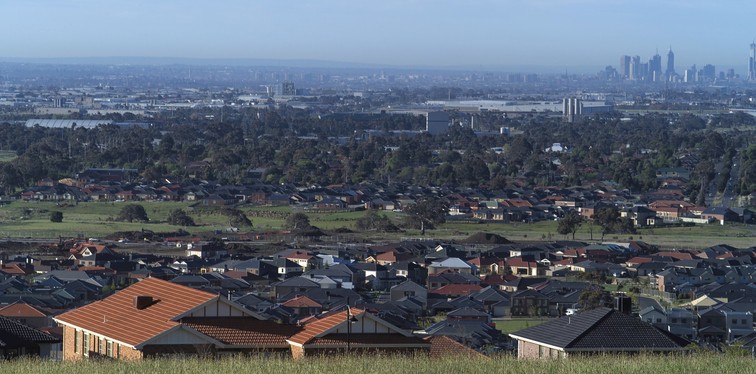As someone who has grown to love Melbourne for it’s quirky laneways, architecture, ambience and its amazing photogenic features I enjoy discussing its evolution with clients and candidates within the Built Environment and I’m fascinated by the difference of opinions from Architects, Planners, Engineers, Urban Designers and Developers when discussing the negative and positive impact of both the Urban Sprawl and Vertical Sprawl. For the first time in decades Melbourne is growing up and not out.
Vertical Sprawl:
With the population of metropolitan Melbourne growing by up to one million people or 620,000 households by 2030, consolidation of urban areas has been encouraged with the use of infill developments. Using the CBD (inner City) as an example over a 4 year period the former Planning Minister Matthew Guy approved around 90 inner-city towers accounting for 85,000 apartments to be completed or planned between 2011 and 2021. It would appear that the aged old argument regarding over-shadowing, poorly designed ground levels, the reliance on offshore investment, (currently Chinese sovereign wealth funds) and whether we should follow the European model of dense, well-serviced low to medium-rise housing on brownfield and infill sites is set to continue for decades.
According to the 2013 census there were 16,320 dwellings in the CBD, which is expected to rise to 52,324 in 2036, with residential apartments comprising for 69% of all housing types and with some amazing high-rise buildings currently in construction or approved through planning the demand seems relentless.
On the face of it, an influx of apartments would seem a good idea with the previously shelved Melbourne metro project being dusted off. Offering five new underground stations (to be located at Arden, Parkville, CBD North, CBD South and Domain) Melbourne will surely be able to handle the additional bodies?
I can only imagine the Melbourne skyline will be littered with cranes for years to come with the need for new apartments to continue which can only be good for the economy but possibly not for the local roads?
Urban Sprawl:
With the previous extension of the growth barriers, the trend of urban sprawl also seems to have continued with 38 per cent of all Melbourne’s new dwelling approvals occur on Greenfield sites. You only have to drive through Cardinia, Casey, Hume, Melton, Whittlesea and Wyndham to see extent of the urban sprawl; whilst on the plus side it is offering affordable housing, it is also pushing families further from the CBD. With a lack of public transport infrastructure these areas can be inconvenient for commuters and cause congested roads (which may have been eased by the East West Link but that’s a slightly different topic). Other negative effects are the impact on agriculture, social isolation and the removal of bushland.
With the newer developments, the focus seems to be on community and are designed/planned to suit the lifestyle requirements of families offering educational, health and recreational facilities all in arms reach. The negative seems to be the accessibility by public transport, with the likes of South Morang and point Cook suffering from a lack of a train station and with the vast majority of Melbourne CBD’s workers (89%), living outside of the CBD this can be a major problem.
What is the best option?:
There are advantages and disadvantages to both including the economic.
Based on a 1,000 net dwellings the economic and industry benefits are an interesting read.
- Urban Sprawl offering $280 million and 3,600 jobs
- Vertical Sprawl offering $660 million and 8,400 jobs
Either way, as Melbourne grows so must the number of homes on offer.
So, what is best for the future of Melbourne? I am keen to hear your thoughts.


